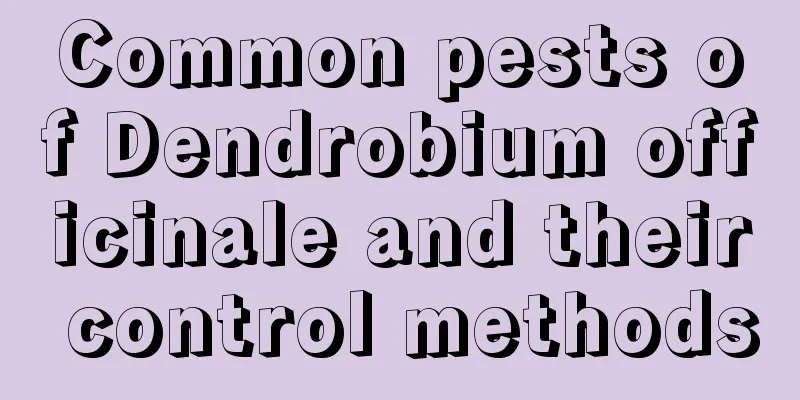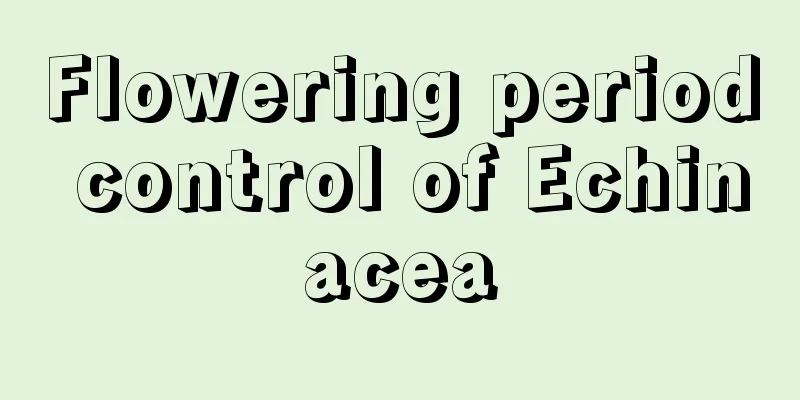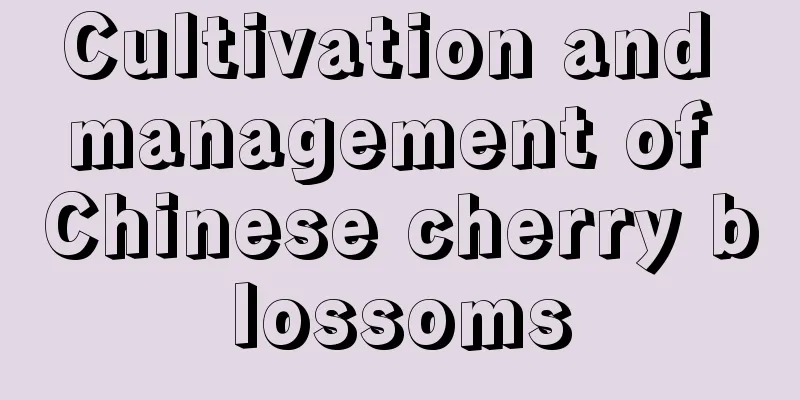Common pests of Dendrobium officinale and their control methods

Common pests of Dendrobium officinale: Philippine shield scalePest symptomsPhilippine shield scale is the main pest of Dendrobium. The male adults and nymphs gather and fix on the leaves of the plants to suck sap and cause damage, while also inducing sooty mold disease, which causes the leaves of the plants to wither. Severe cases can lead to the death of the entire plant. The female adults of Phenacaspis den drobii Kuwana hibernate on the back or edges of leaves of plants. The peak hatching period is mid-to-late May. The newly hatched nymphs are on the back of leaves of plants, and then gradually move to the edges of leaves and settle down to harm plants. Around late May, they begin to secrete wax and gradually shape into a shield shell, and never move again for the rest of their lives. Prevention and treatment methodsPrevention is the main focus, and healthy plants should be selected for breeding. Secondly, since scale insects often occur when the environment is too wet and ventilation is poor, special attention should be paid to environmental ventilation in daily management to avoid excessive humidity. Once a small number of insects occur, you can use a soft brush to gently remove the insects and then rinse them with water. When the nymphs have just hatched and have not yet formed a waxy shell, you can use 800-1000 times diluted 40% dimethoate emulsion or 80% DDT emulsion for prevention and control. Lime sulfur mixture can be used for control in early spring and early winter. Common pests of Dendrobium officinale: snailsPest symptomsThe pests mainly hide on the back of the leaves and eat the leaf flesh or bite the stems to damage the petals. This pest can occur many times a year. Once it occurs, it is extremely harmful and can often eat the entire plant beyond recognition in one night. Prevention and treatment methodsMix trichlorfon with bran and spread it in places where pests often move as poison bait to kill them; spray trichlorfon, cypermethrin and other pesticides on the cultivation beds and surrounding environment, and you can also sprinkle quicklime and saturated salt water; pay attention to the cleanliness of the cultivation site, and remove dead branches and leaves outside the site in time. |
<<: Echinacea Pests and Control Methods
>>: Pests of Bauhinia and their control methods
Recommend
How to fertilize Silver Queen
Soil and Fertilization To cultivate Silver Queen,...
Where are the sweetest and most delicious dates? Where are the red dates produced?
Speaking of jujube, it is warm in nature and can ...
Is the four seasons plum poisonous?
1. Is it toxic? The four-season plum is poisonous...
How to grow Foxtail Asparagus, maintenance knowledge
1. Adequate sunlight Foxtail Asparagus likes an e...
How long does it take to market native ducks?
Native ducks generally refer to local duck breeds...
Is garden soil or humus soil better for growing orchids? How to prepare the soil
1. Is garden soil or humus soil better for growin...
What kind of flowerpot looks good for violets?
What kind of flowerpot is suitable for violets? W...
How to trim Brazilian beauty
When should Brazilian beauties be trimmed? When t...
How do red-eared sliders survive the winter?
The red-eared slider , formerly known as the red-...
How to grow strawberries in winter
Prepare the Materials Seedlings: They must be see...
I picked up a tree stump from the roadside, kept it for one month, and sold it for 100,000 yuan!
The unwanted tree stump sprouted and took root af...
When and how to change the soil of Epiphyllum
Time to change the soil of Epiphyllum The soil of...
How to propagate Berberis rubra
How to propagate Berberis rubra There are three w...
How to Grow Strawberries in Pots
1. Prepare the soil When planting strawberry pott...
How to sow the seeds of Schima superba
Start time Sowing is more convenient, so it is be...









